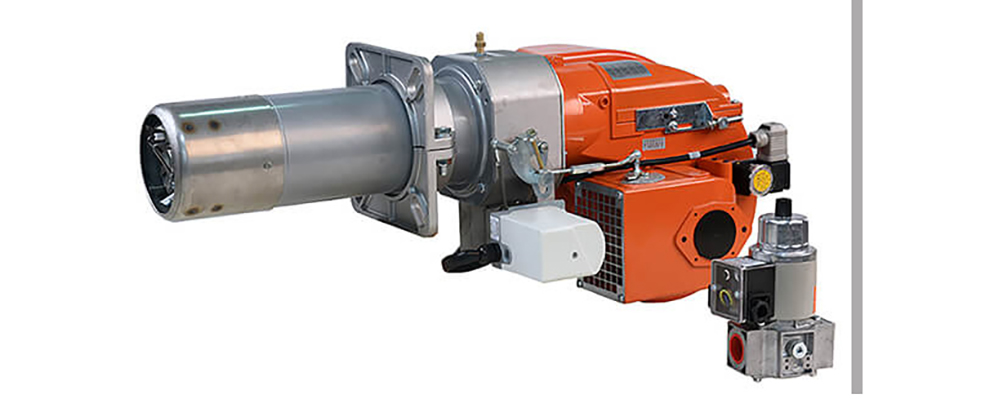Main structural types and operating performance of oil and gas burners
Main structural types and operating performance of oil and gas burners
The oil-gas burner is a device that sends oil-gas fuel and air into the furnace according to the specified ratio, speed and mixing method for timely ignition and efficient and clean combustion. Such devices are generally fully automatic burners with automatic ignition, flame monitoring and automatic adjustment devices. At present, most of the oil and gas burners used in the field of industrial furnaces in my country are fully automatic burners.
Oil and gas burners are the most important key equipment for oil and gas industrial furnaces. According to the fuel used, it can be divided into oil burner and gas burner: there are also dual-fuel burners with the function of burning two different fuels (oil and gas or two different gases), such as oil and gas dual-purpose burners.
Oil burners are mainly composed of oil nozzles (atomizers) and air regulators, etc.; gas burners are mainly composed of gas nozzles or nozzle holes and air regulators.

S 3.1 Basic requirements for burners
In order to meet the needs of the combustion process in the furnace and ensure the safe, reliable, efficient, economical and low-pollution operation of boilers and other equipment, the burner should have the following main technical properties:
High combustion efficiency:
(1) In order to ensure high combustion efficiency in operation, the oil burner is required to have good atomization performance within a certain range of operation adjustment, that is: the oil droplet size in the atomized oil droplet group of fuel oil is fine and uniform, and the mist The melting angle is appropriate, the flow density distribution of oil mist along the circumference is consistent with the air distribution, and the mixing of oil mist and air is good, etc.
For the gas burner under the rated gas pressure, it should be able to pass the rated gas volume and fully burn it to meet the production of the rated heat load of the boiler.
(2) Reasonable air distribution to ensure stable and complete fuel combustion
An appropriate amount of air should be supplied in time at the root of the atomization torch to prevent oil and gas from being pyrolyzed into carbon black due to high temperature and lack of oxygen; a recirculation zone of moderate size and proper position should be formed at the outlet of the combustion airflow, so that the fuel and air are at a higher level In the temperature field, to ensure rapid and stable ignition; in the middle and later stages of combustion, the air and oil mist should be mixed quickly and evenly to ensure complete combustion, and the harmful substances (CO, NO, etc.) generated in the combustion flue gas will be less and more good.
The shape and length of the combustion flame should be compatible with the furnace, the fullness of the flame should be good, and the flame temperature and blackness (3) should meet the requirements of the furnace. The flame should not scour the convective heating surface at the furnace wall, furnace bottom and outlet window
(4) Good adjustment performance. The burner should be able to adapt to the adjustment needs of the kiln load, that is, the burner can work stably between the lowest load and the highest load of the kiln without tempering and defiring.
The less energy the nozzle consumes when atomizing, the better.
(5)6 The resistance of the air regulating device is small, and the running noise is small